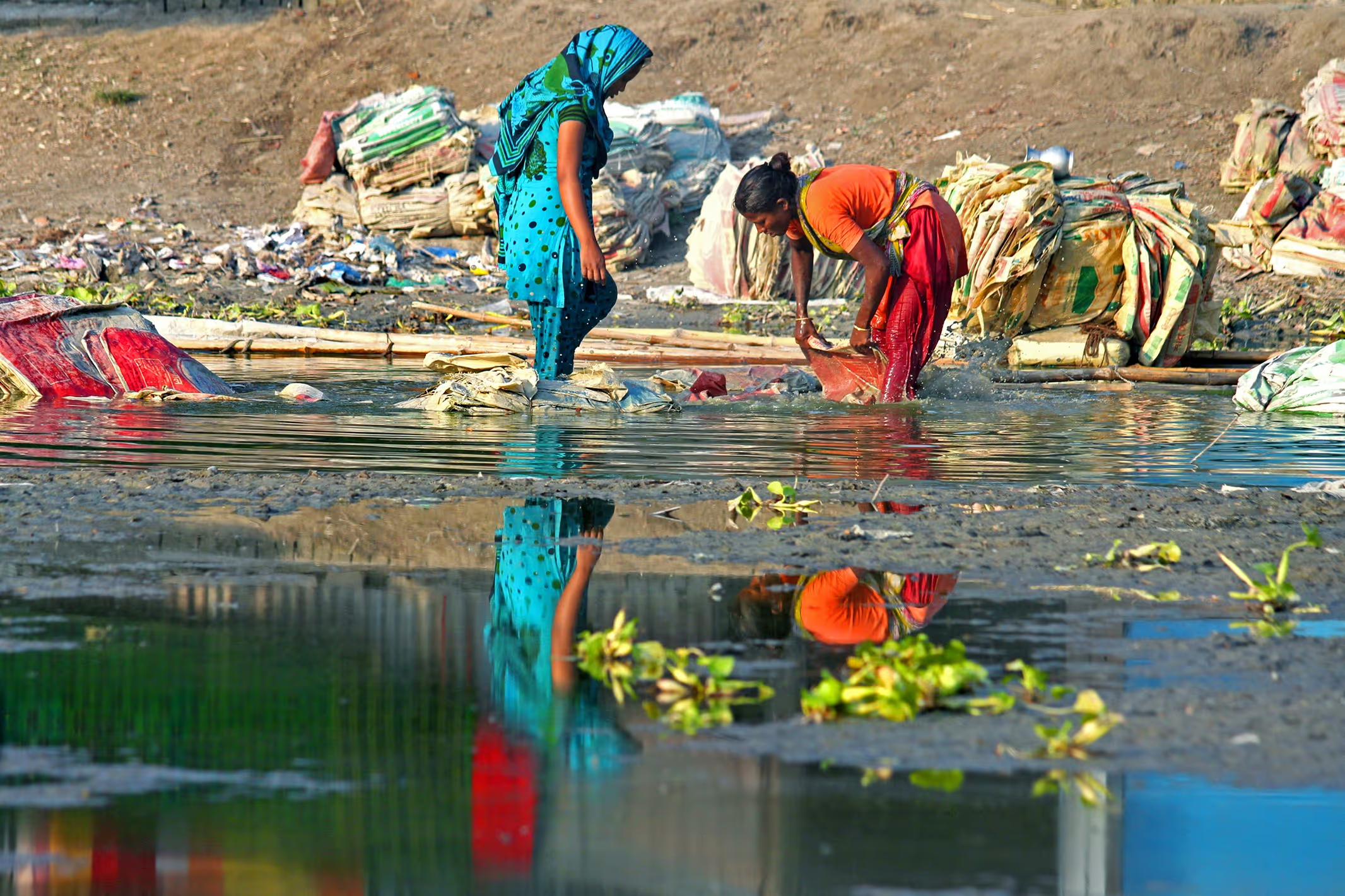Human-centred design‚ it makes sense

Theoretically human-centred design consists of three phases. In the inspiration phase you’ll learn directly from the people you’re designing for as you immerse yourself in their lives and come to deeply understand their needs. In the ideation phase you’ll make sense of what you learned, identify opportunities for design, and prototype possible solutions. And in the implementation phase you’ll bring your solution to life, and eventually, to market. And you’ll know that your solution will be a success because you’ve kept the very people you’re looking to serve at the heart of the process.NEW_LINENEW_LINEAnd this is how the above worked for us in practice.NEW_LINENEW_LINEWhen we started with our grant we already had a technical idea and design in place. This idea had to be finalised, not underestimating the work that still had to be done. And whilst starting to work out the design we came across some (technical) challenges. We started to review the design and turned these adjusted designs into prototypes.NEW_LINENEW_LINEWe were ready for the field-testing. And that is where the magic happened. We learnt so much from the end-users, using our prototypes. We realised we overlooked some important aspects and made some elemental changes to our design. Having learnt from the previous cycle we planned a second round of field testing, this time with a short(er) interval.NEW_LINENEW_LINEThis again resulted in essential feedback, helping to realise the final design, which we are now preparing for production and launching to the market.NEW_LINENEW_LINELooking back we realise that we could have included the end-consumers more in the inspiration phase. We did this in the past, but with this grant we took it from where we had previously left it. Having a substantial amount of engineering in our genes, we moved on to the ideation phase straight ahead.NEW_LINENEW_LINEWhere cultural values, technical knowledge and attitudes play a major role in the acceptance and use, this should be reflected in the design. Factors that are hard to take into account from a distance, but key in delivering a tailor-made solution. That has been one of our biggest takeaways of this process. Even if you think you didn’t assume, try out the design with end-consumers and you’ll soon notice that you made some assumptions. Therefore including end-consumers from the very first phase is key.NEW_LINENEW_LINEWe now move on with our journey, focusing more on our end-consumers. Confident of delivering a good product. Helping the end-consumer to make their water safe. In a way that makes sense to them.
Stay updated
Sign up for our newsletter to receive regular updates on resources, news, and insights like this. Don’t miss out on important information that can help you stay informed and engaged.
Related articles



Explore Elrha
Learn more about our mission, the organisations we support, and the resources we provide to drive research and innovation in humanitarian response.